PsychNewsDaily Publishers
100 Summit Drive
Burlington, MA, 01803
Telephone: (320) 349-2484
PsychNewsDaily Publishers
100 Summit Drive
Burlington, MA, 01803
Telephone: (320) 349-2484
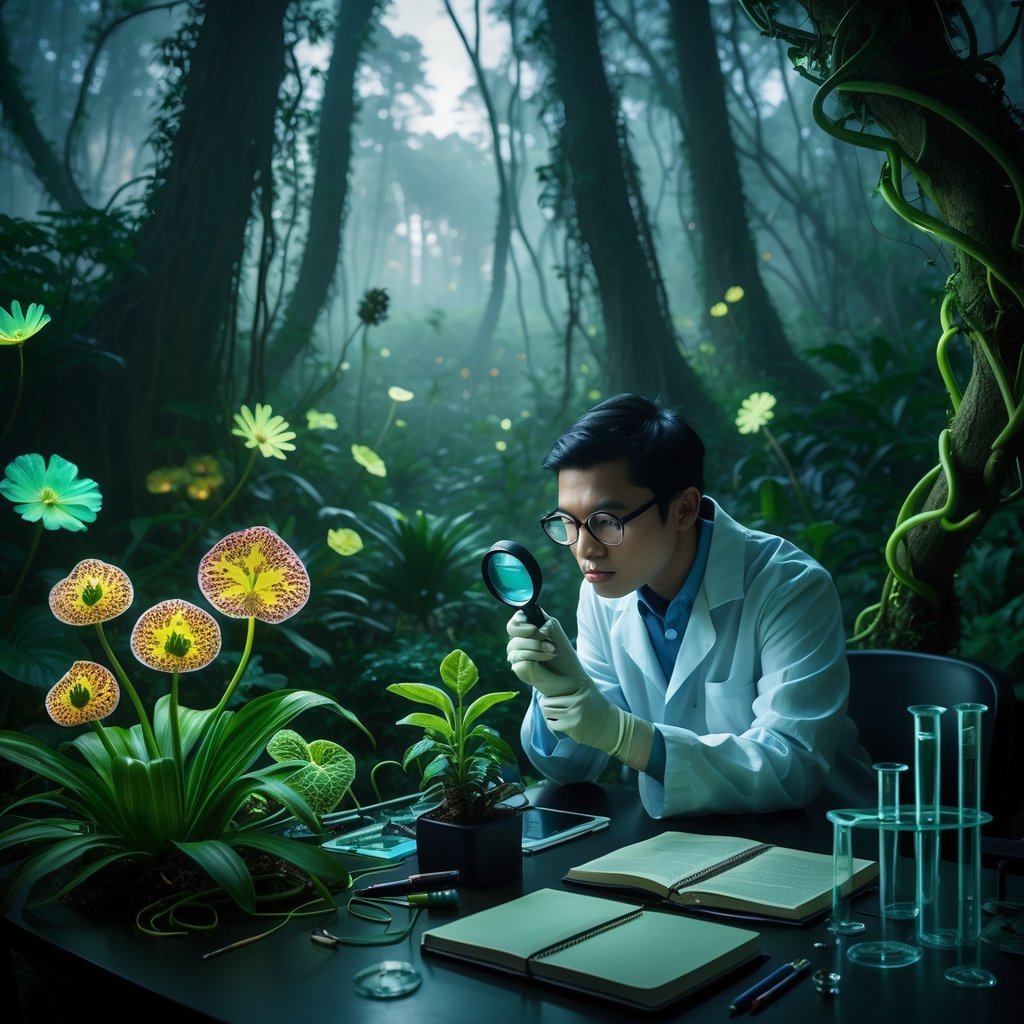
Plants might look simple, but honestly, a lot about them baffles scientists. Even with all our fancy tech and piles of research, some plants just keep their secrets.
Let’s look at five wild plant mysteries that still stump researchers and spark a ton of curiosity. These weird plant tricks make you realize we’re still just scratching the surface of what’s out there.

It’s kind of wild, but Hydnora africana spends almost its whole life underground. This plant skips the whole leaf thing and doesn’t bother with sunlight for food.
Instead, Hydnora africana sniffs out chemicals from the roots of nearby plants. Those chemical cues show it where to find a host. When it gets close, Hydnora uses a haustorium to latch on and steal nutrients.
Researchers still can’t quite figure out how Hydnora nails this so accurately. The way it finds hosts in such dry, tough places is just strange. Its odd survival strategy proves plants can get pretty creative when they need to.
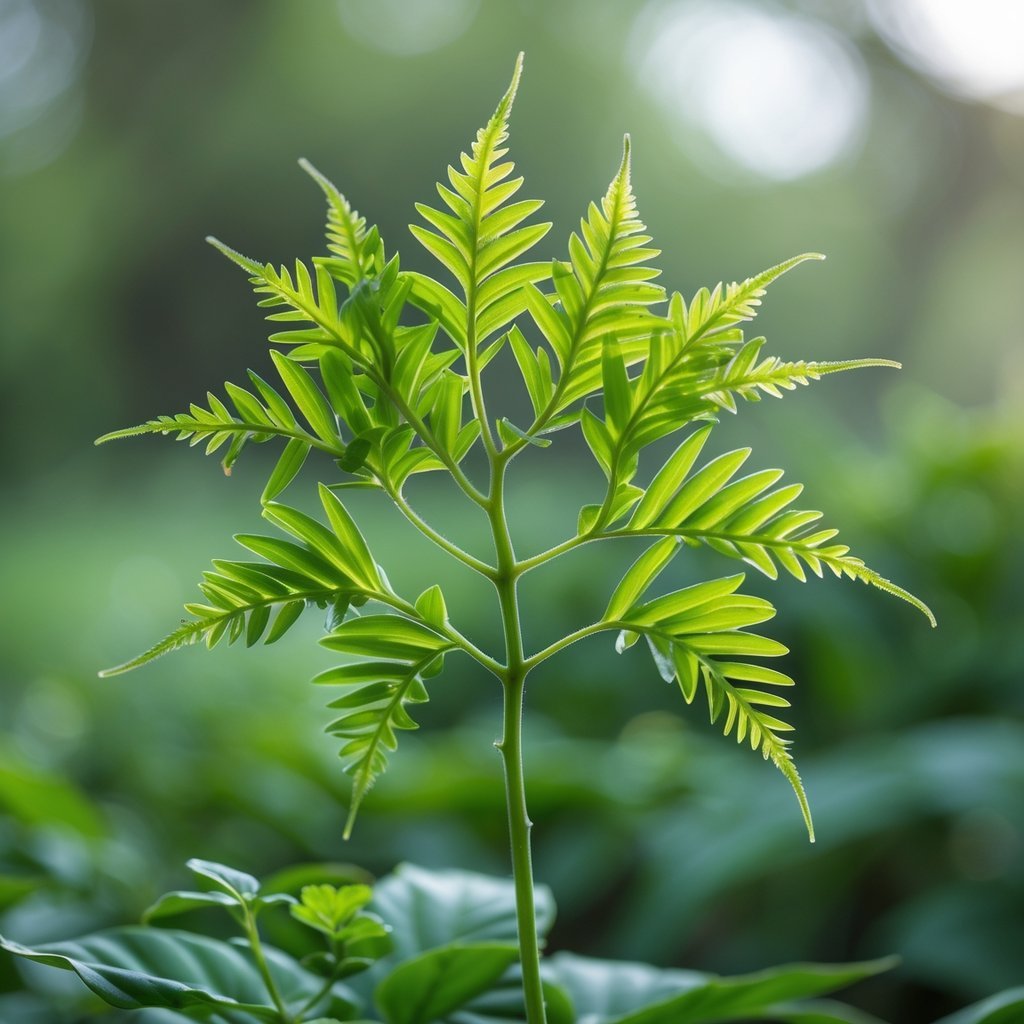
Touch a Sensitive Plant, and its leaves snap shut right away. This happens because of tiny motor organs called pulvini at the base of the leaflets.
The pulvini move water in and out of their cells, making the leaves fold up. Pretty neat, right?
But how does the plant actually sense the touch? Scientists think a fast signal rushes through the plant, kind of like a tiny electric wave, and that triggers the leaves to close.
The details of how that signal works are still fuzzy. This quick movement probably helps the plant dodge hungry animals, but the science behind it is still a work in progress.
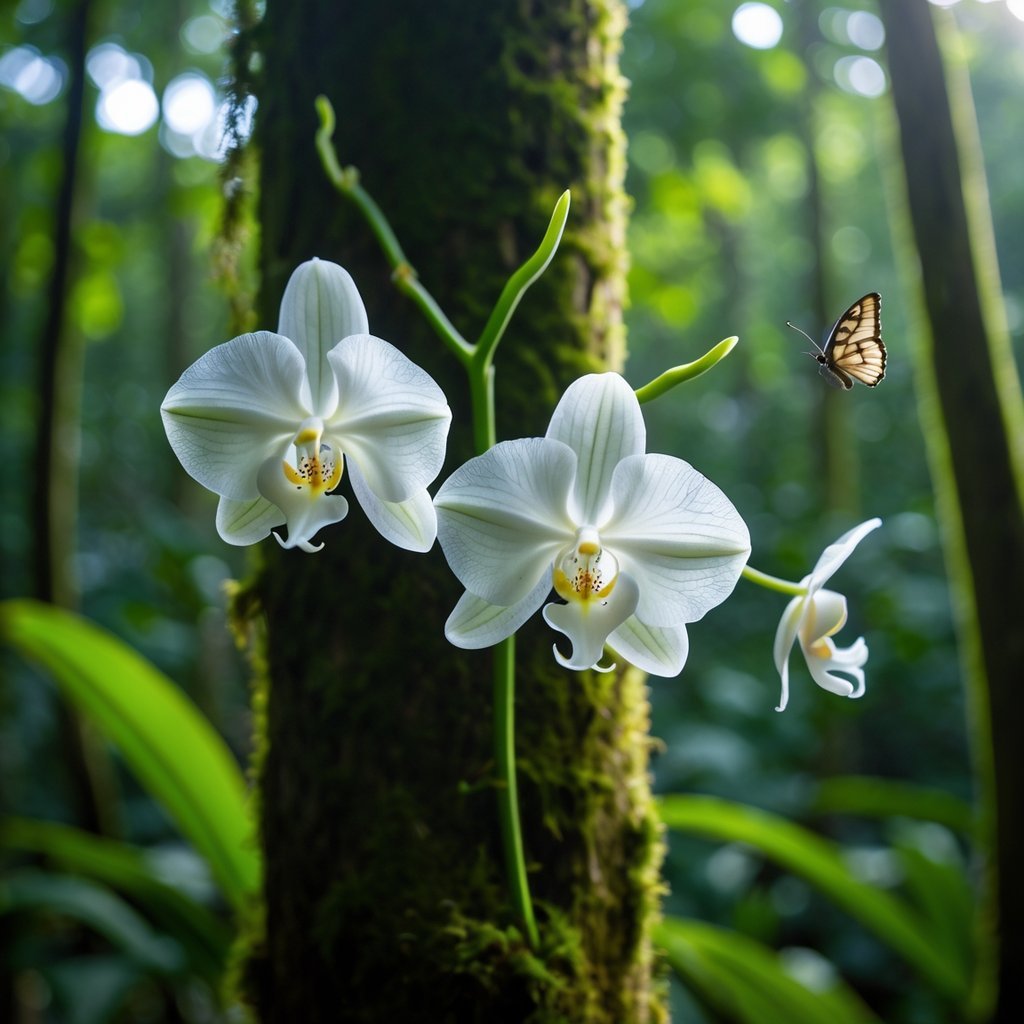
Ghost orchids are almost mythical—they bloom rarely, and only in places most people never see. This plant skips the leaf game and lives high up on trees in swampy, hard-to-reach spots.
When it finally blooms, the flowers don’t stick around for long. Their nectar sits deep inside, making pollination a real challenge.
At first, people thought only one kind of moth could pollinate these flowers. Now, it turns out several moth species do the job.
Spotting a ghost orchid bloom feels like winning the lottery. Researchers set up cameras at night just to catch moths in action. The whole thing is still shrouded in mystery, and honestly, that’s part of the fun.
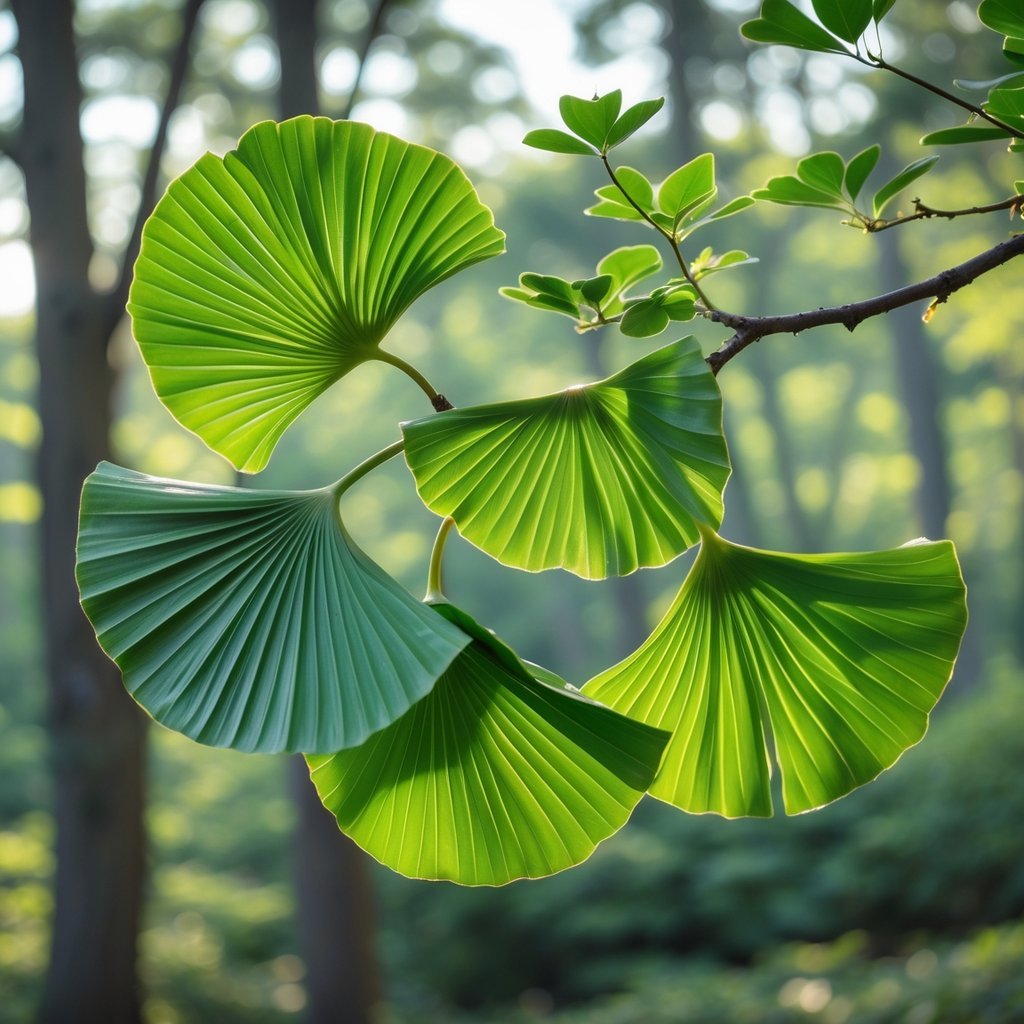
Ginkgo biloba is basically a living fossil. It’s looked almost the same for about 290 million years, which is just wild.
This tree has survived massive climate shifts and even outlasted mass extinctions. Its tough leaves and unique growth style help it bounce back from damage.
If you ever visit Hiroshima, you’ll see ginkgo trees that survived the atomic bomb. That’s some serious resilience.
Despite all the changes around them, ginkgo trees keep their ancient look. It’s like they’re a direct link to the world of prehistoric plants.
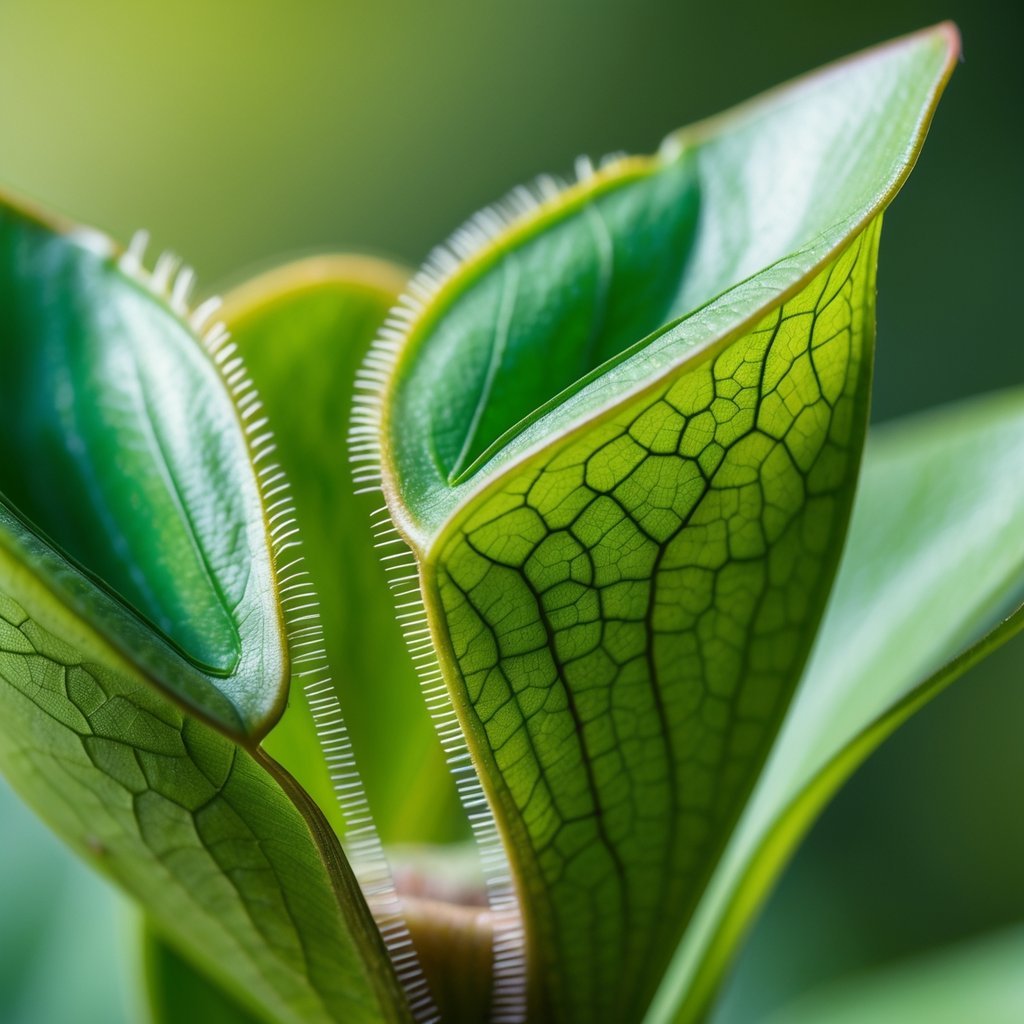
When you touch the Venus flytrap’s trigger hairs twice in quick succession, the leaves snap shut in just about 100 milliseconds. That’s fast—honestly, it’s pretty wild how quickly the plant reacts to such a tiny signal.
Cells inside the leaves change almost instantly, folding the trap closed. Scientists have figured out that electrical signals called action potentials set this off, but exactly how the plant manages that speed? Well, it’s still a bit of a puzzle.
Even a gentle, slow touch can sometimes set off the trap. This means the plant can snag all sorts of prey, not just speedy bugs but slow-moving larvae too.
The Venus flytrap’s quick reflexes and those sensitive hairs make it one of nature’s coolest hunters. There’s still a lot we don’t know about how it all works, and honestly, that mystery just adds to the charm.